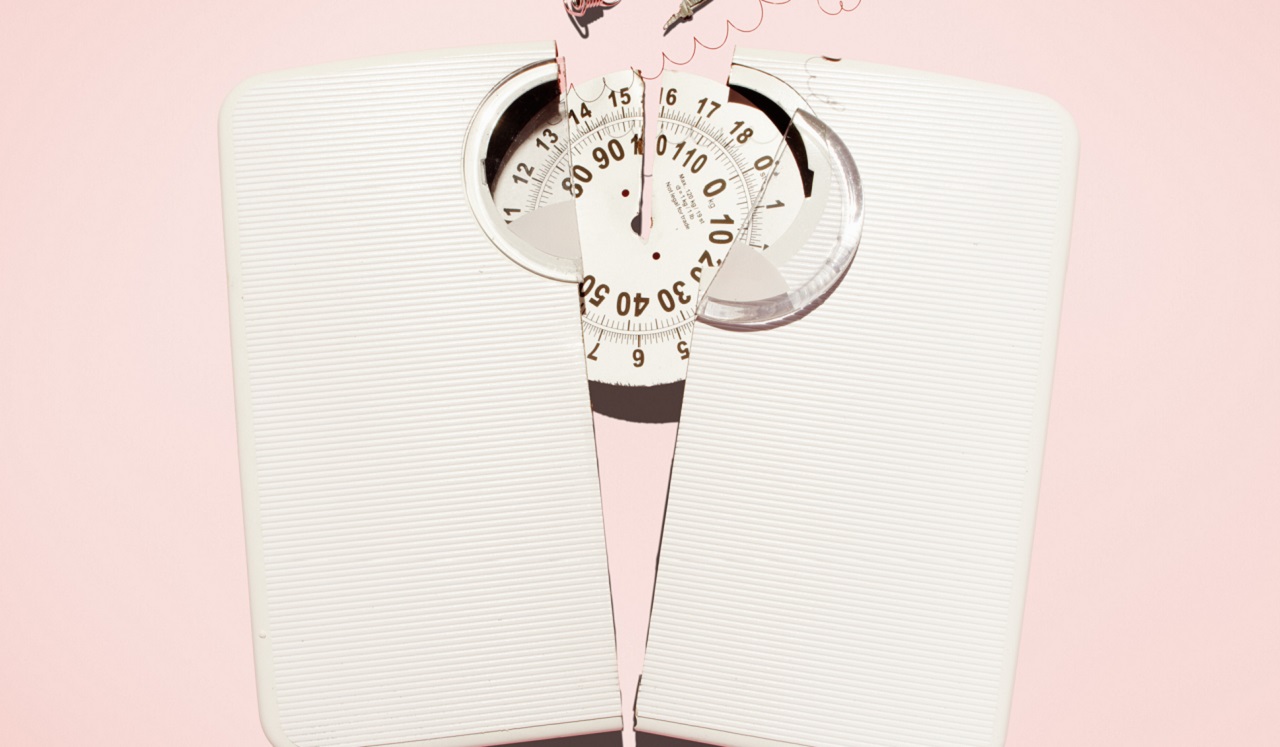Calculating your body mass index (BMI), a measure of body fat based on height and weight, is a routine part of most annual exams. You shouldn’t get too hung up on the number, though, says Abhilash R. Davlapur, MD, CAQSM, medical director of Sports Medicine and Rehab for the Memorial Hermann Sugar Land Hospital and Memorial Hermann | Rockets Sports Medicine Institute in Sugar Land.
“BMI is a good screening tool, but it’s not a good tool to say someone is healthy or unhealthy,” he says.
Here are six reasons why BMI isn’t the end-all:
ONE: It was invented by a mathematician, not a doctor.
The measurement is so old it was created a century before the antibiotic penicillin. Belgian mathematician and statistician Lambert Adolphe Jacques Quetelet created the index as part of his probability calculus in the early 19th Century, says Dr. Davlapur. “He wasn’t a physician. He produced a quick and easy way to measure obesity, but he didn’t consider medical aspects.”
TWO: It doesn't distinguish between men and women.
You calculate BMI by dividing your weight in pounds by your height in inches squared and multiply that number by 703.
An example would be for a 150-pound person who’s 5’5” (or 65 inches) tall: [150 ÷ (65)2] x 703 = 24.96. That’s considered a normal BMI—but just barely.
Any BMI beneath 18.5 is deemed underweight; 18.5 to 24.9 is normal weight; 25 to 29.9 is overweight; and 30 and up is obese. A BMI of 40 and up is seen as morbidly obese.
Not factored in is that men tend to have heavier muscle mass than women.
Also, a lifetime at a BMI of 22.5 could be better for bone health than one at a lighter 18.5.
“Bearing weight—including your own—strengthens bones and reduces risk of osteoporosis, a disease that leads to weaker, more porous and more likely to break bones,” says Dr. Davlapur.
That matters later in life, when a hip fracture can limit mobility, leading to hospitalization and possibly an earlier death.
THREE: Muscle mass and fat are not equal.
BMI fails to consider muscle mass versus fat. An athletic person will be healthier than a sedentary one with a similar BMI.
Athletes are prime examples, Dr. Davlapur notes. Professional players may have as low as 2% body fat, yet their muscles pack on pounds, leading to higher BMIs.
FOUR: Other tests reveal more.
Doctors assess blood pressure, heart rate and blood tests that help reveal how well your heart, kidney, liver, muscles and nerves function. “We need to consider what’s inside the body, such as diabetes or high cholesterol. That’s why it’s important to go to the doctor for an annual physical,” says Dr. Davlapur.
FIVE: We have better tools to measure body fat.
According to Dr. Davlapur, body fat makes a bigger difference than height.
You can approximate body fat composition by adding your waist and hip measurements and subtracting your neck’s circumference.
SIX: You must weigh in genetics and ethnicity.
BMI doesn’t consider factors other than weight and height that influence health.
BMI doesn’t consider factors other than weight and height that influence health.
Not all body types are the same, and both genetics and ethnicity should be considered. For example, someone may exercise regularly and eat a lean diet yet have extremely high cholesterol, blood pressure or blood sugar levels due to genetics. Despite running marathons and having a normal BMI, some patients can still have extensive coronary artery disease.
“One thing you cannot fight is genetics,” he says. “Sometimes you need medicine.”
Discuss your weight and overall health with one of our primary care physicians »

